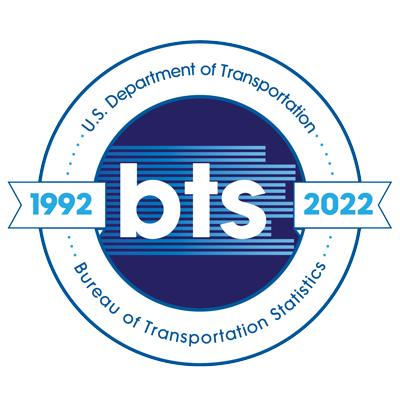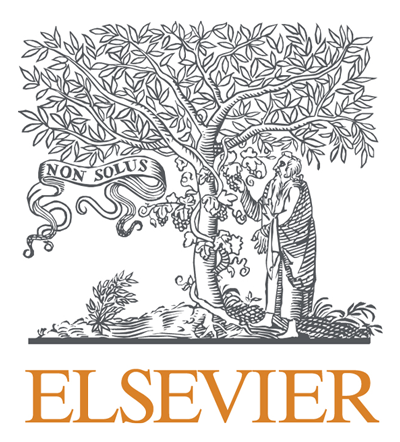Accessibility to emergency or community food services and public transit in Seattle, WA
Topics:
Keywords: food deserts, urban transportation, food banks, public transit, accessibility
Abstract Type: Paper Abstract
Authors:
Haifeng Felix Liao, Earth and Spatial Sciences, University of Idaho
,
,
,
,
,
,
,
,
,
Abstract
Along with high inflation and rising food prices during the post-COVID19 era, food insecurity has become an extremely pressing issue in many U.S. cities. Drawing upon the notion of food deserts, many studies have found that socially vulnerable neighborhoods tend to have lower accessibility to healthy food retailers, resulting in the prevalence of unhealthy food consumption habits and outcomes (e.g., higher likelihood of obesity and cardiovascular disease). However, little is known about how accessibility to emergency and community food services such as food banks (e.g., food pantries and food shelves) would alleviate these negative impacts of food deserts on community health and food insecurity. In this study, we aim to quantify the accessibility to emergency and community food services available in the city of Seattle and examine how low-income and food-insecure populations could get access to emergency food services by using public transport services. Furthermore, by leveraging the data on food security metrics, we explore to what extent existing public transportation services would be a constraint in enhancing the spatial and temporal accessibility to food banks in a GIS environment. Our findings are expected to shed light on new and cost-effective ways to combat the increased levels of food security and increased costs of food procurement in American cities.
Accessibility to emergency or community food services and public transit in Seattle, WA
Category
Paper Abstract








